When the Glass Still Reflected Faces
The entrance remains beneath a line of glass panels that once filled the inside with sunlight. Inside, some furniture is left along the old walkways, and large nutcrackers are kept in storage near the former Dillard's.
Oak Hollow Mall first opened in 1995 with more than 80 stores and four anchor tenants. By early 2017, just 11 stores were left, and the university, as an owner, chose to shut the mall down.
Today, the building functions as a shuttle hub for trade shows, a voting site, and a storage space for decorations used during certain seasons. The main corridors are usually dark, with puddles, broken ceiling tiles, and dust that has built up.
Launch and Leasing at Retail Scale
When Oak Hollow Mall opened on August 9, 1995, it entered the Piedmont Triad market with 1.3 million square feet and four anchors: Dillard's, Belk, Sears, and JCPenney.
The mall was located at the intersection of Eastchester Drive and East Hartley Drive, with more than 4,000 parking spaces and two interior floors.
It was built as a main retail center to serve both local shoppers and people from nearby cities between Greensboro and Winston-Salem.
At the time, Westchester Mall was still operating on the other side of town.
But Oak Hollow Mall drew enough shoppers to take away much of Westchester's business.
Within a few years, Westchester Mall had closed and was later changed into Providence Place, which became home to First Wesleyan Church and some small local businesses.
Oak Hollow Mall's early lineup included national chains like Circuit City, Goody's, and Pier 1 Imports, as well as a 22,000-square-foot Regal Cinemas.
There was a period when going to the mall on Saturdays for a walk, a meal, or a movie was typical for many.
Locals in High Point, North Carolina, would often discuss things to do, usually without naming this spot.
Lease Losses and Retail Retreats
Starting in the early 2000s, the list of stores at Oak Hollow Mall began to thin out.
The mall didn't lose all its shops at once, but it was clear when some stores didn't reopen and spaces remained empty.
Goody's, a mid-tier clothing store, closed in August 2005. Circuit City, which once occupied 30,000 square feet, closed in November 2008.
Its space was later used by High Point University for classes.
Steve & Barry's moved in, lasted until late 2008, and then closed as well. By 2011, the effects began to show at the anchor level.
JCPenney, unable to meet company-wide profit requirements, closed its 86,000-square-foot location in July.
Sears announced it would leave in late 2011, began liquidation in February 2012, and finished closing by April.
The interior mall, though technically still open, was already starting to feel empty by then.
Belk remained until 2014 before moving to the Palladium Shopping Center.
Pier 1 Imports, which was just over 8,000 square feet, stayed until June 2015 before leaving for good.
Golden Corral closed by April 2012, and the building was later demolished.
Regal Cinemas, which used to be busy in the evenings, closed in October that same year.
Dillard's stayed but changed its format, closing its upper level and turning the rest into a clearance center.
Shopping there wasn't the same experience anymore. The layout that once formed a full loop now stopped halfway.
Large sections became quiet, with the lights turned off behind glass.
Sale Terms and Institutional Control
On February 24, 2011, CBL & Associates sold Oak Hollow Mall to High Point University for $9 million.
Publicly, the plan was to keep the mall running as a retail space, and CBL stayed on as manager.
Fewer stores renewed leases, and the mall began shifting to other uses.
The LLC tied to the university, 1924 Holdings, assumed control and oversaw its operations directly.
No major renovations followed. The building itself stayed mostly the same, but how it was used changed.
Some areas were converted for new uses without much notice.
A big section was used as a Sears call center until early 2017.
Another was retained as a senior center site. The main concourses, though, took on a different role entirely.
People online described rooms filled with decorations, including hundreds of nutcrackers kept for university events.
During the holidays, lights and large decorations were taken from the mall and used elsewhere in town.
The building itself was never gutted or rebuilt. It had just stopped behaving like a mall.
Shutdown Date and Operational Drawdown
In January 2017, the university announced that Oak Hollow Mall would fully close on March 10.
Only 11 stores were still open at that point.
The Sears call center, which had used part of the former retail space, was planned to close by the end of February.
Once that lease ended, there was little left holding the main mall structure together from a retail standpoint.
1924 Holdings issued the formal statement. The statement mentioned closure and said nothing about redevelopment.
The words used were plain: continued operation was unsustainable.
No major sendoff followed. Just a final week of scattered store hours, after which the gates rolled down one last time.
Not everything inside shut down. The former JCPenney stayed in use, not for shopping but for other functions.
It was used as a voting location, as confirmed by local residents.
Other parts of the building served university functions without fanfare.
Some were used for event prep. Some were used for storage or to hold non-classroom materials.
Dillard's Clearance Center kept operating on its own. It had a separate exterior entrance and remained open apart from the closed-off mall walkways.
Other stores outside the mall, like Target, continued business as usual.
Inside the main structure, though, the hallways were cleared. The background music was turned off.
The quiet that had grown over time finally settled in.
Public Glimpses and User Descriptions
Even with most of the building closed to the public, scattered views of Oak Hollow Mall kept showing up online.
In 2025, the parking lot was used for shuttle service during the High Point Spring Market.
Descriptions of the interior circulated through public forums. Some described it as abandoned. Others described it in harsher terms.
Some ceilings were stained, furniture was out of place, and leftover decorations hadn't been packed up.
One person compared it to a movie set, but one where the crew had packed up and never returned.
Video clips showed hallways with worn carpet and loose tiles near the old Sears entrance.
The gates were still there, but remained closed. A few lights inside were still on, but most weren't.
Sunlight didn't reach the deeper parts, which stayed dark by midday.
No major updates had taken place after the mall closed.
The space stayed as it was in 2017 - no longer used for retail, partly occupied, and locked from the inside.
The glass outside still reflected the light, but nothing behind it was visible.
🌻

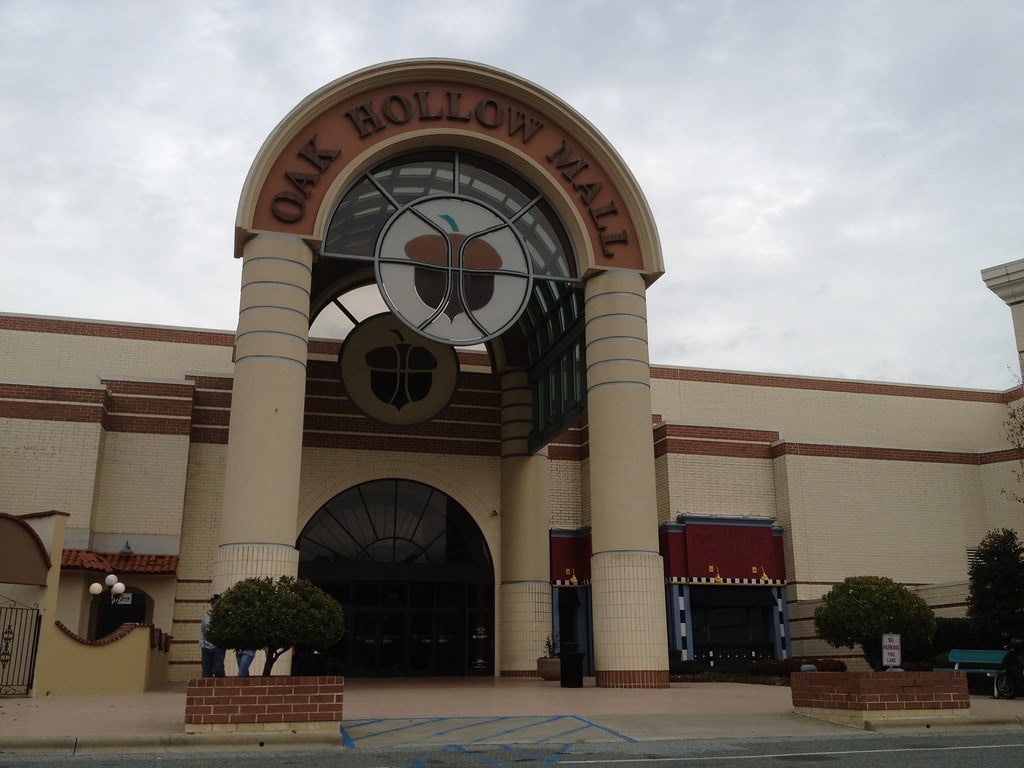
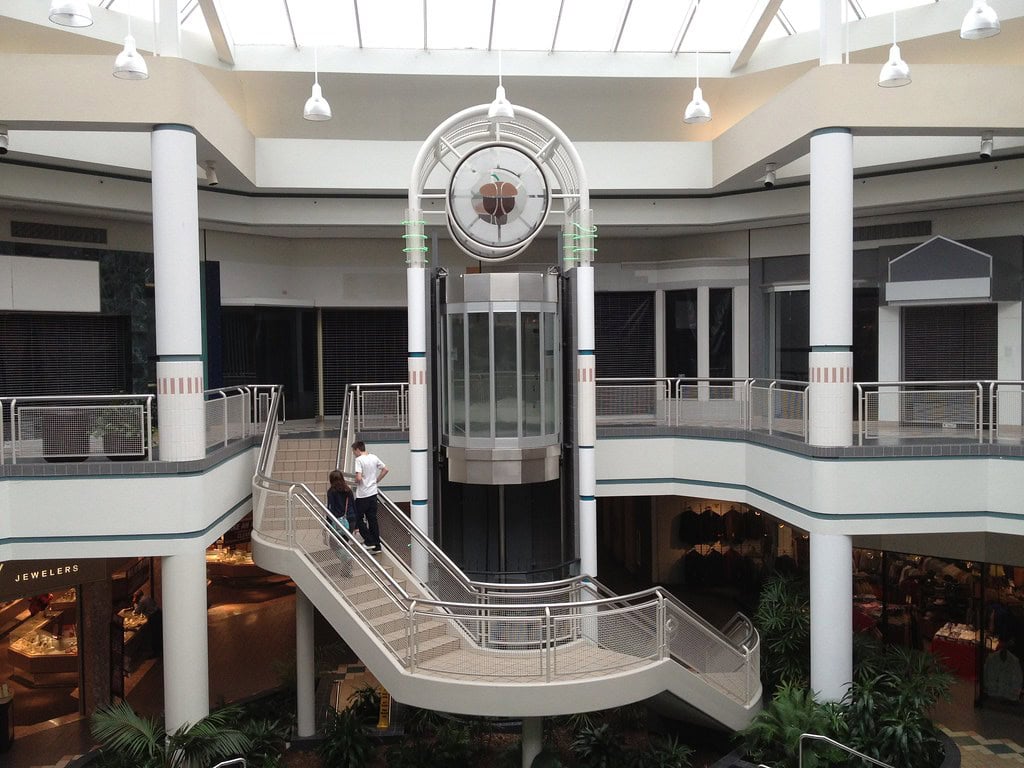
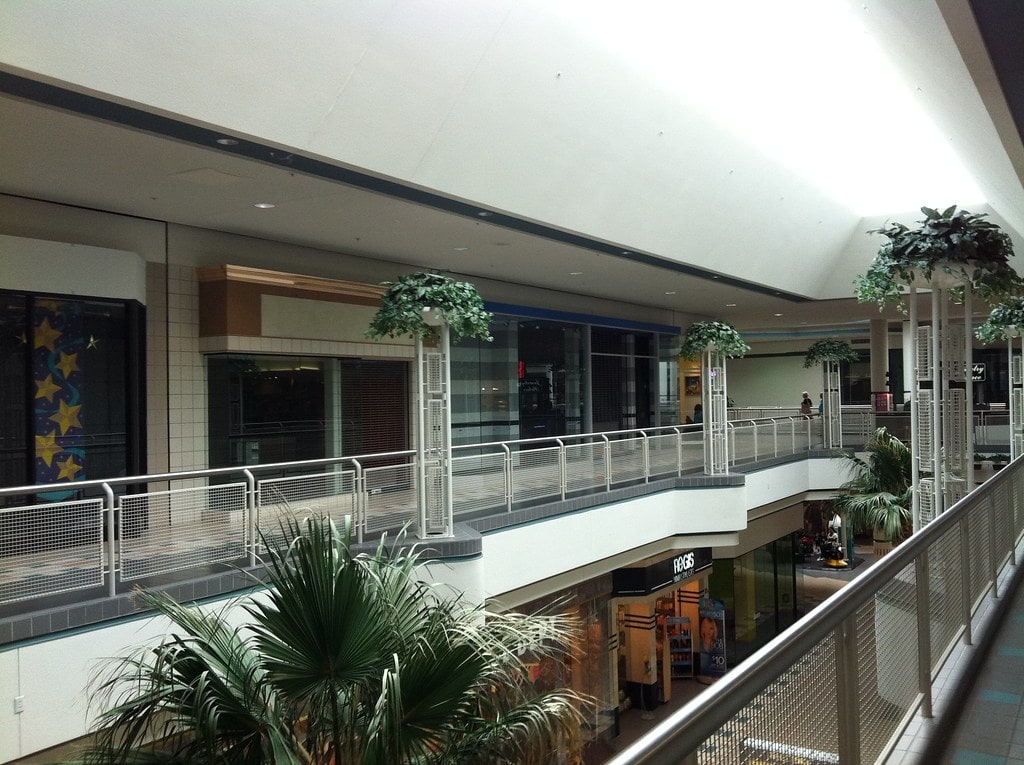
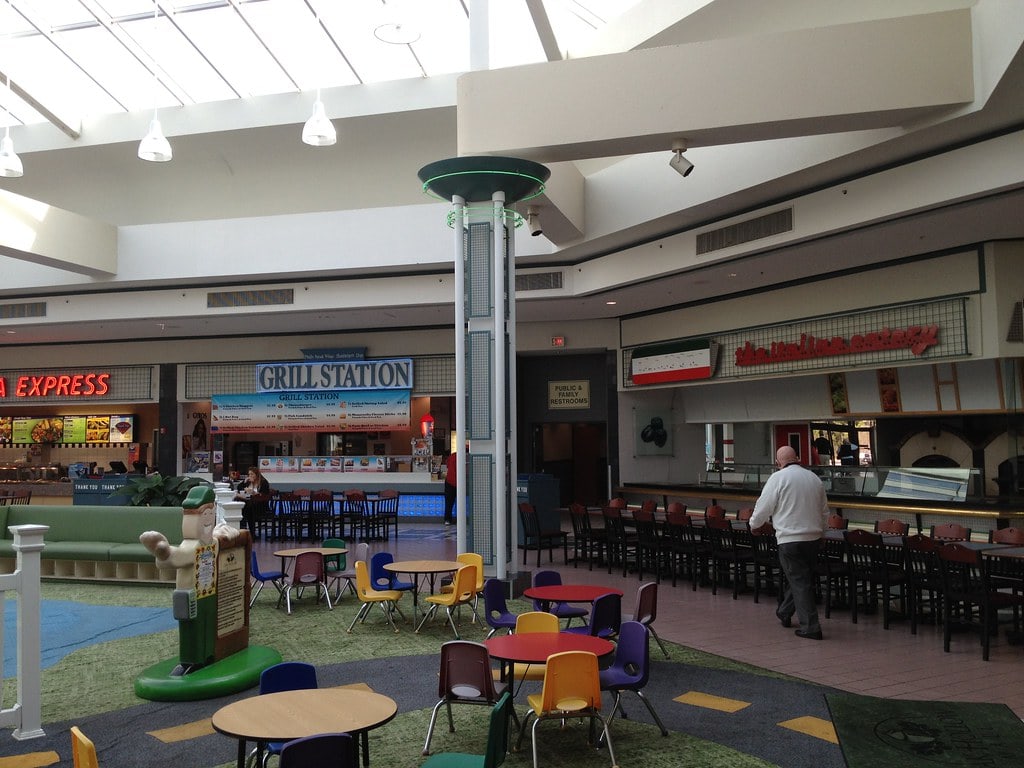
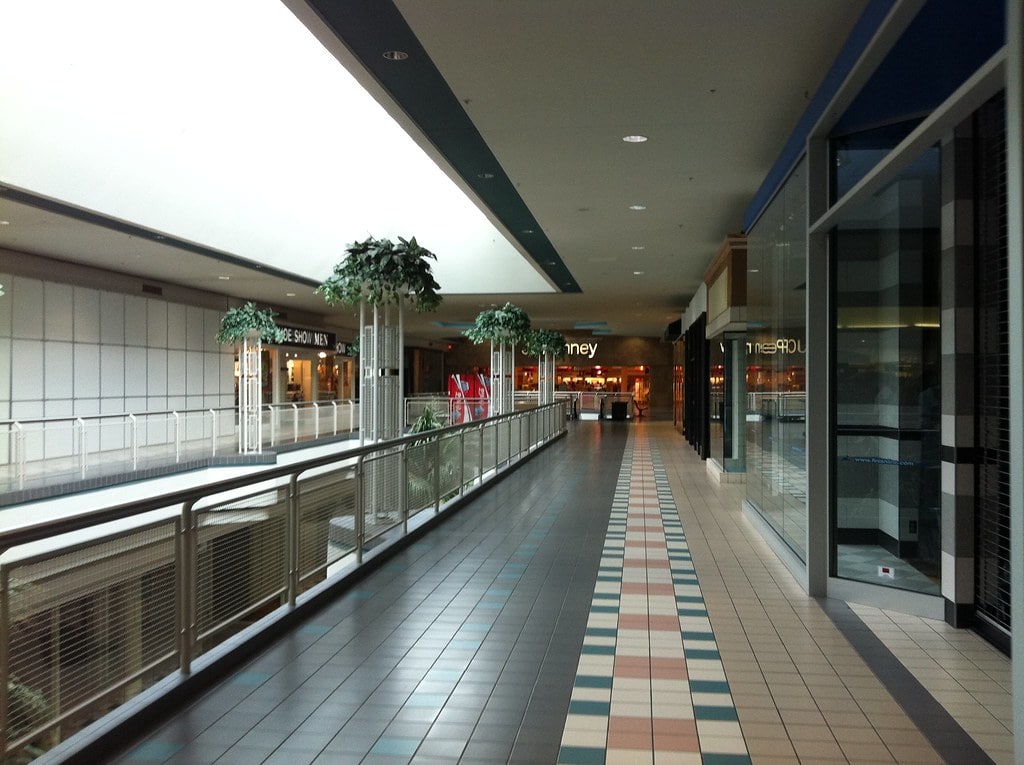
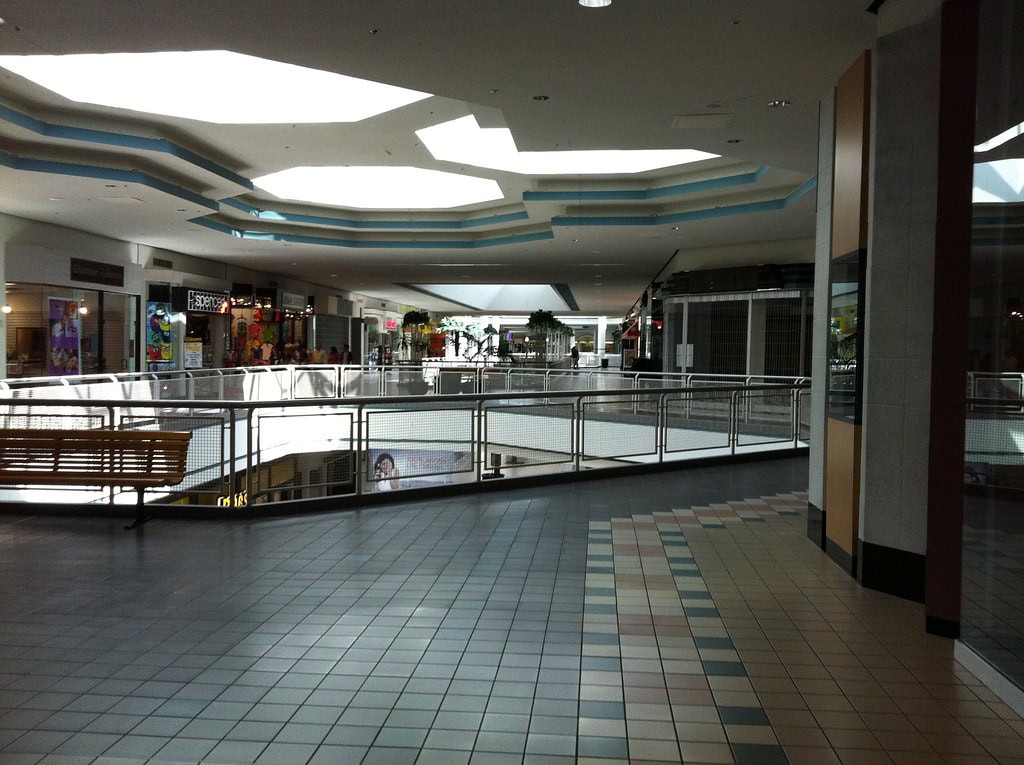
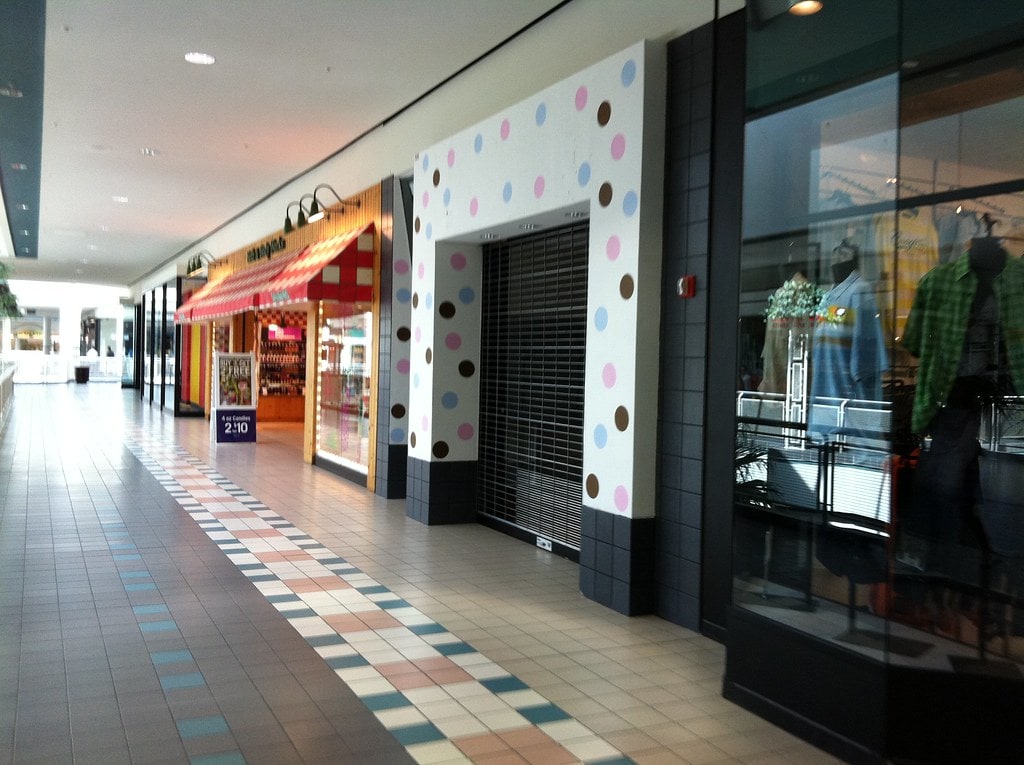
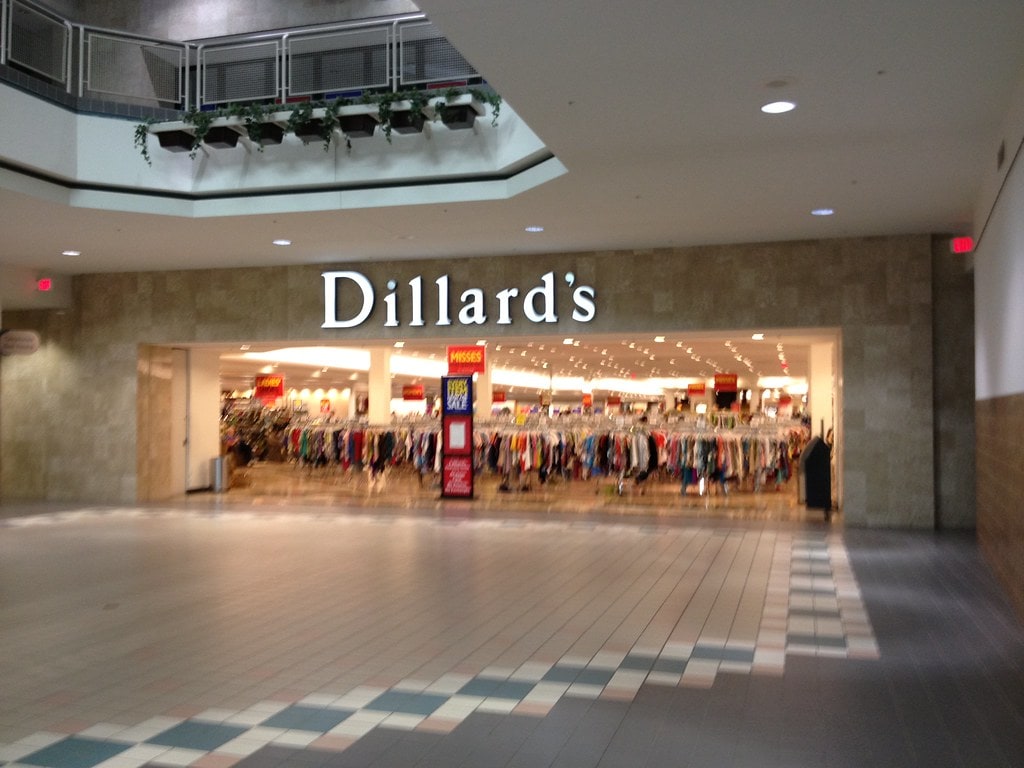
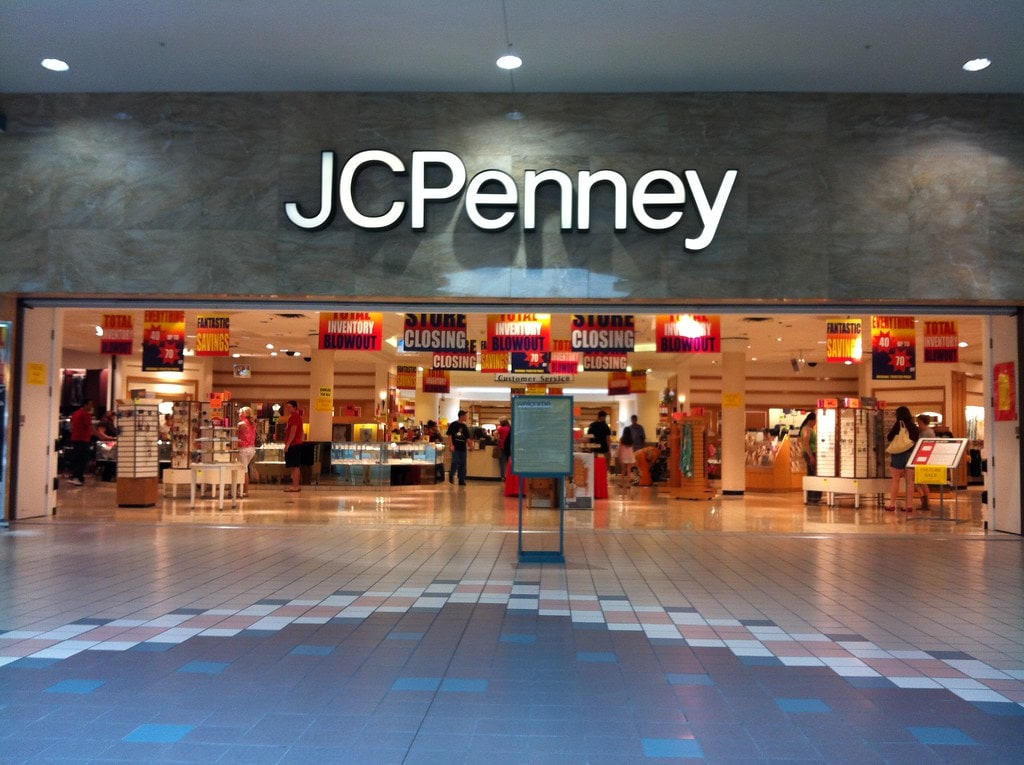
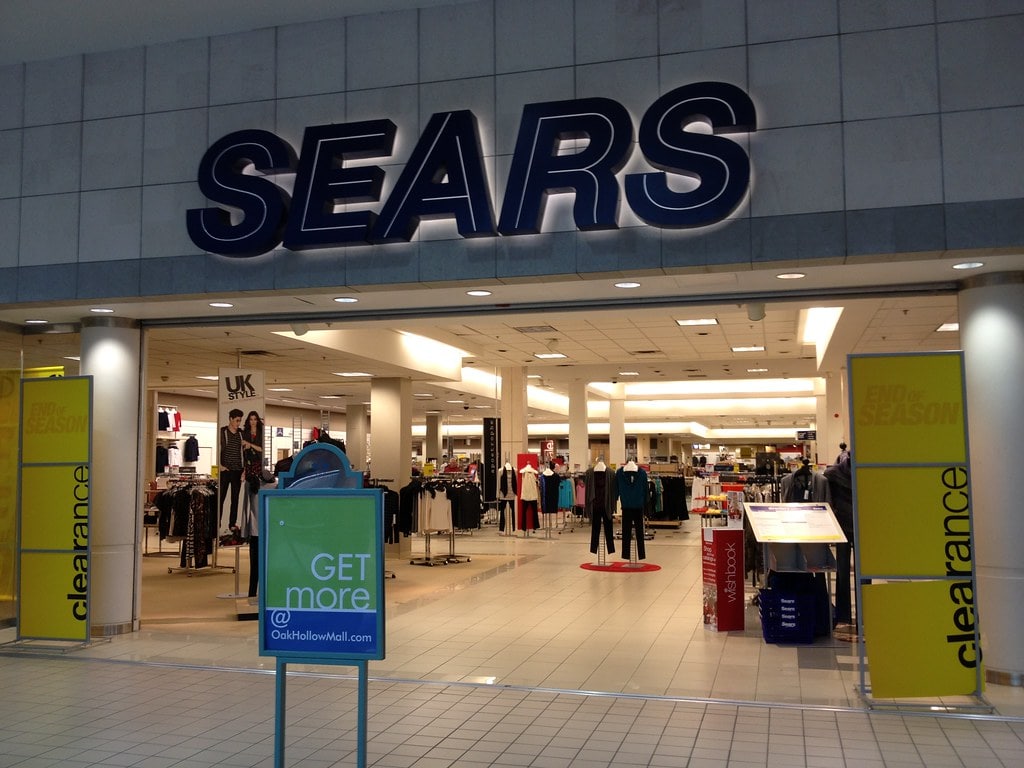
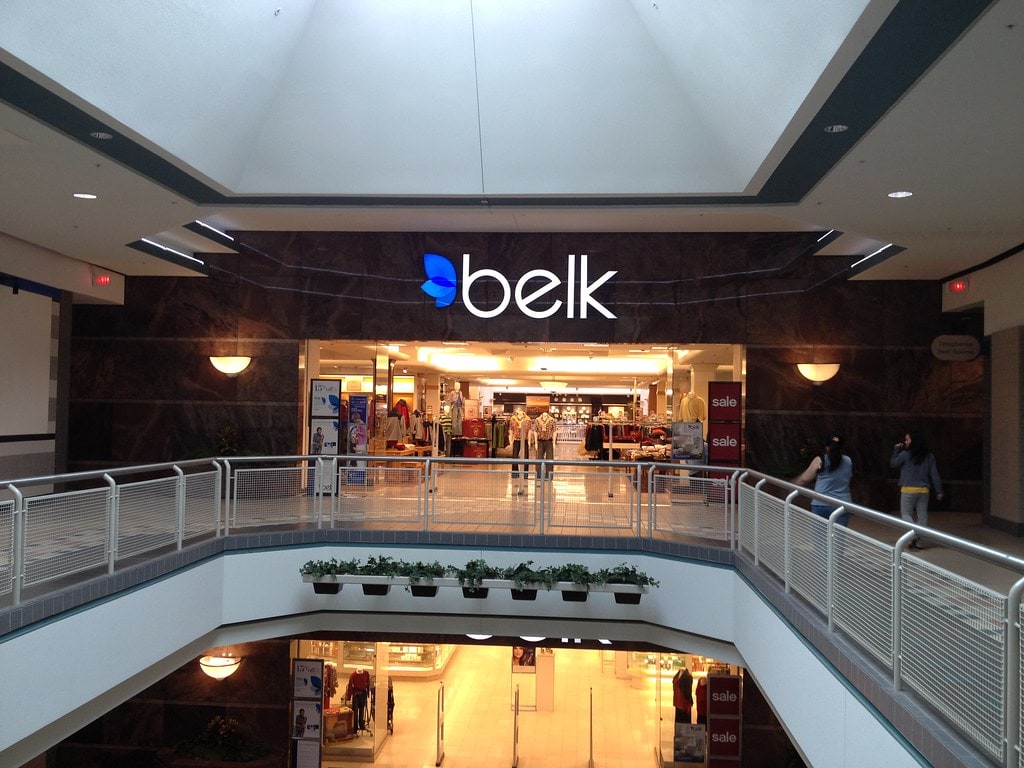
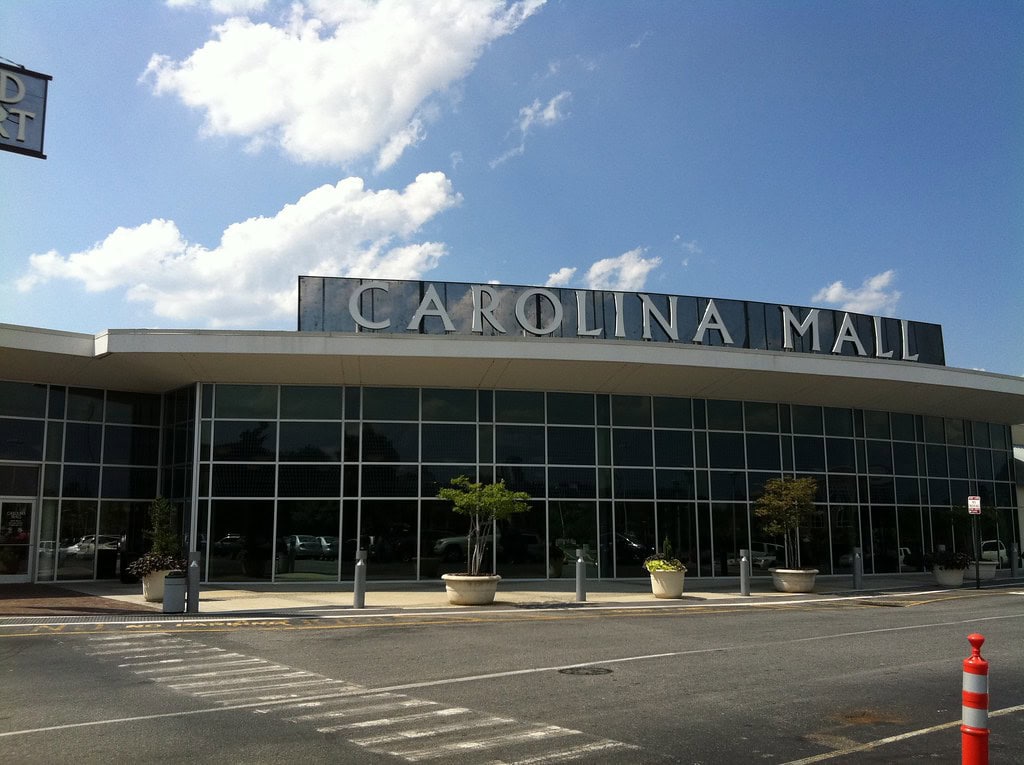
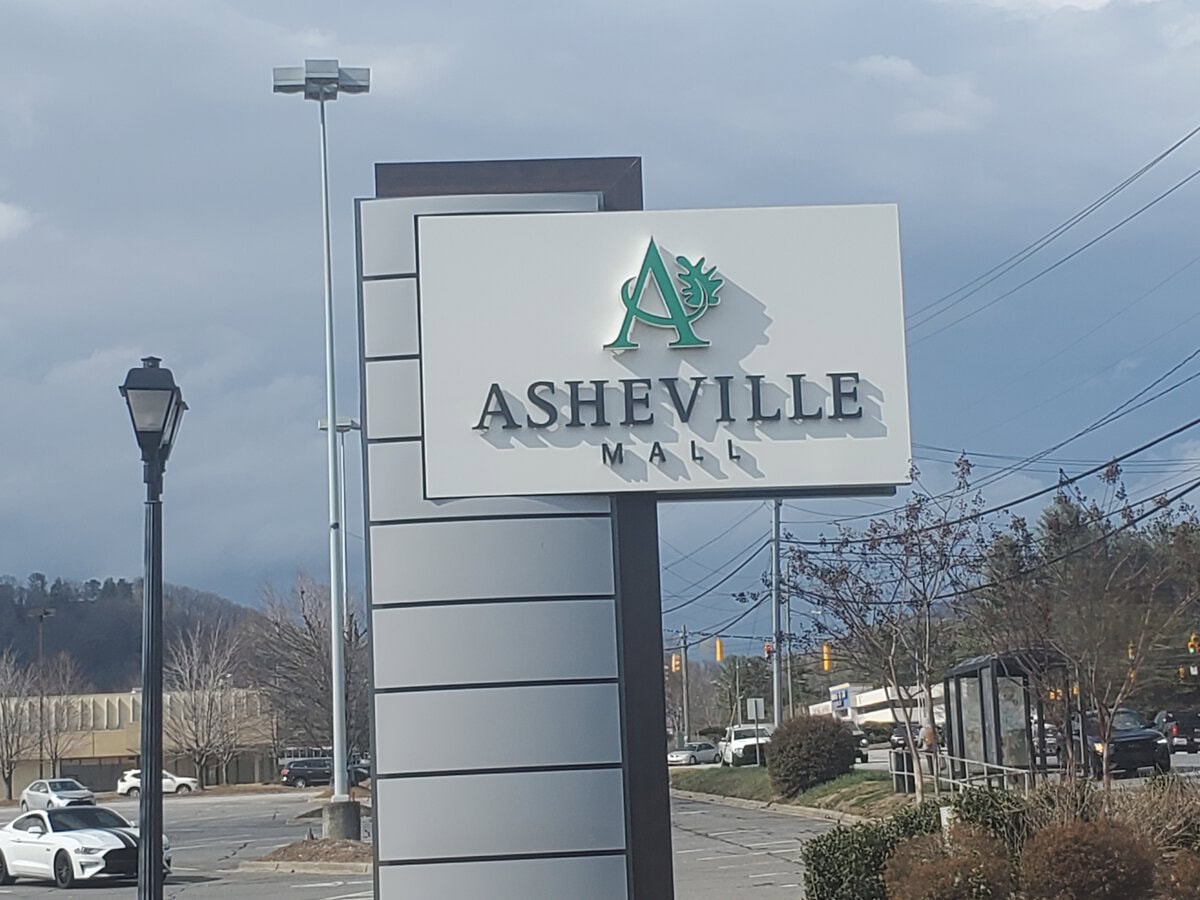
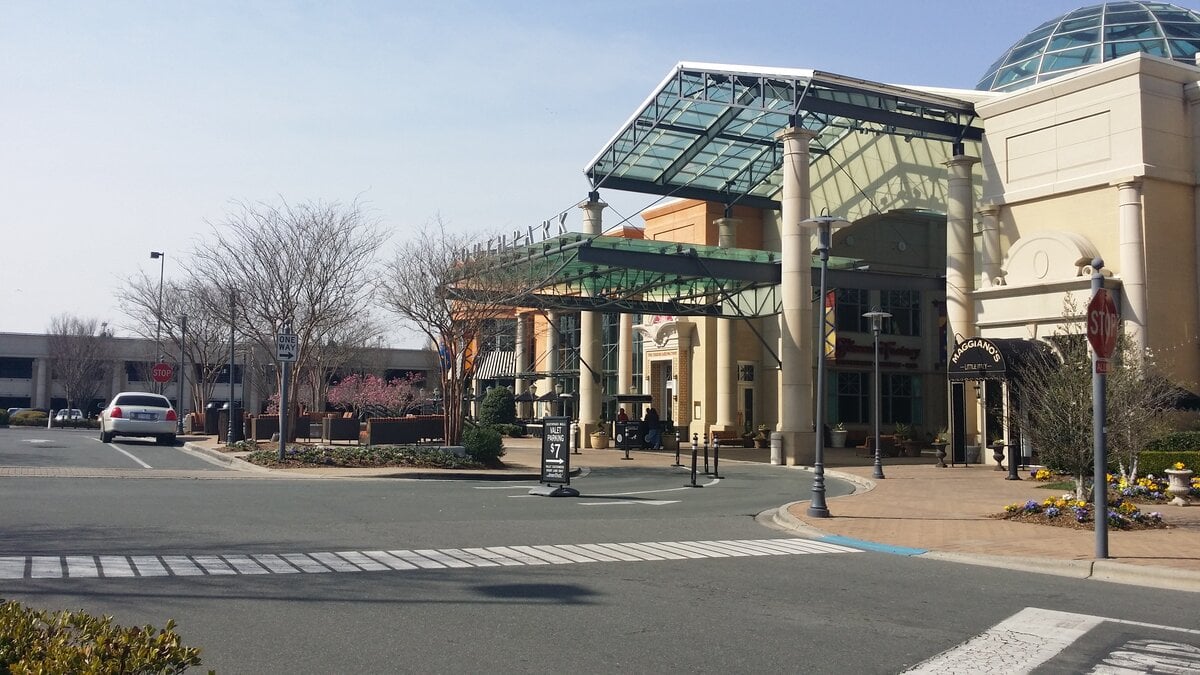
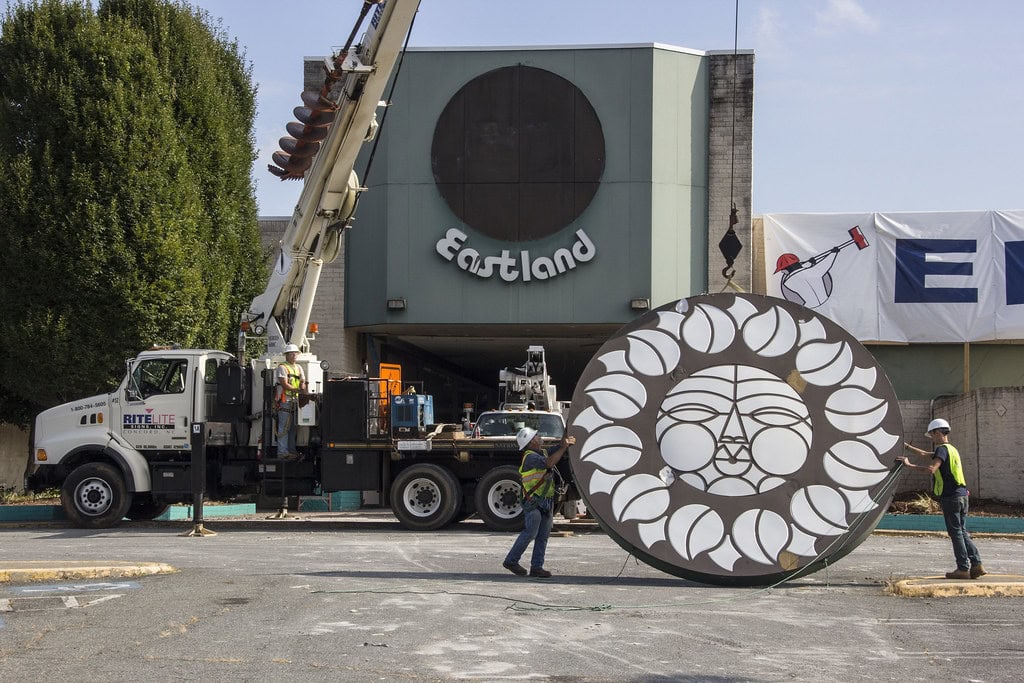
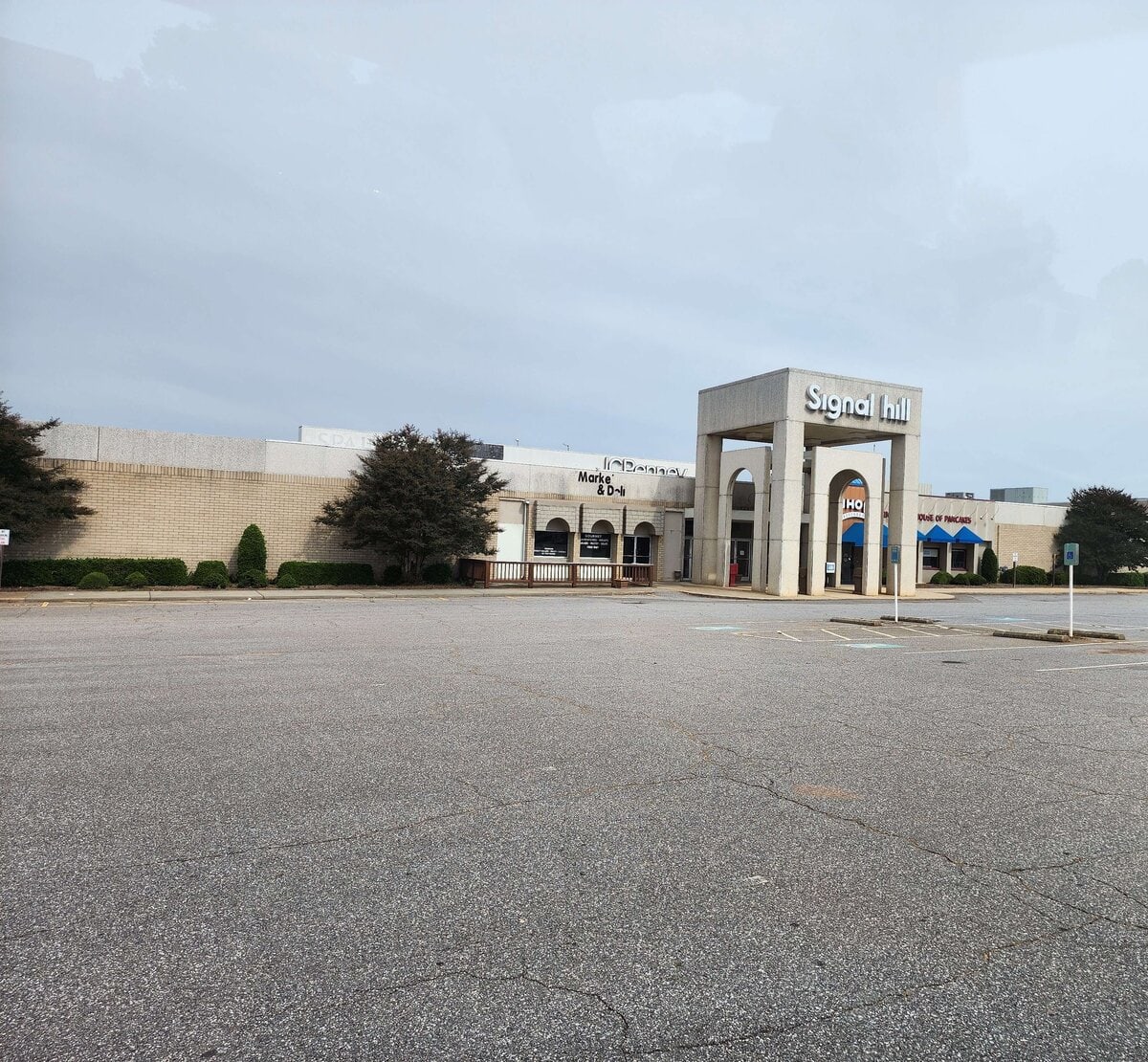
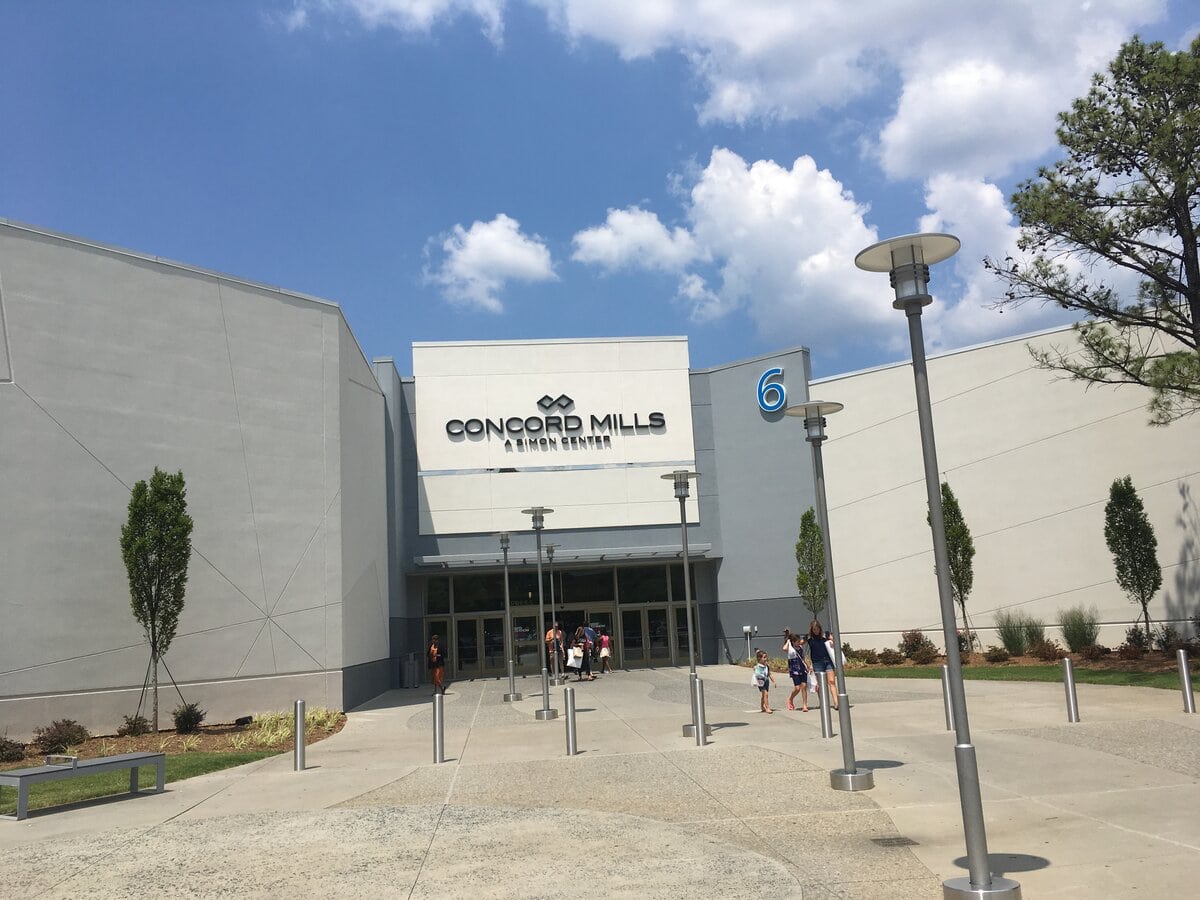
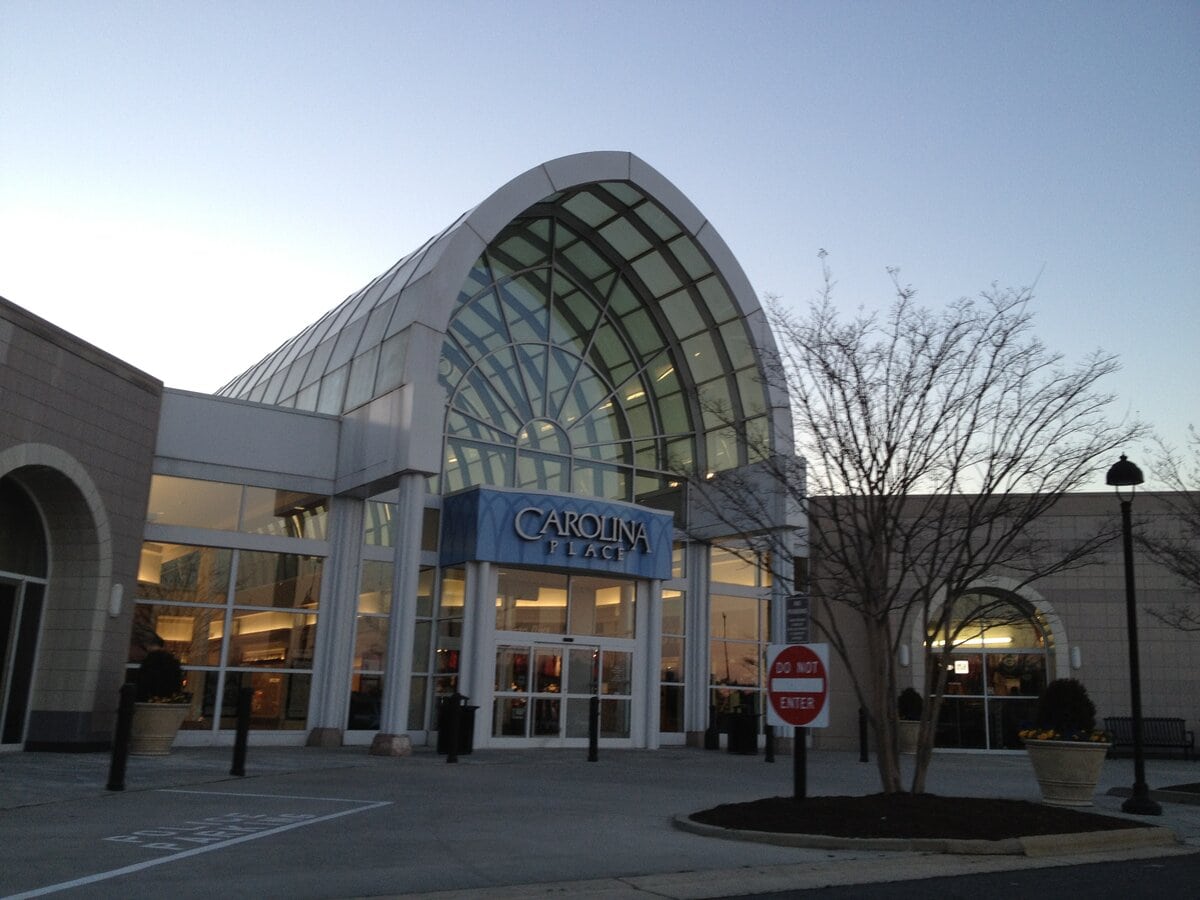
It's a shame Oak Hollow mall closed! We need a mall with different retail stores to choose from. Not everyone wants to fight the traffic to go to Greensboro and Winston Salem to their mall! High Point is ALWAYS BEHIND TIMES
Thank you for sharing your thoughts on Oak Hollow Mall. I completely understand the frustration of traveling to neighboring cities for shopping. I hope High Point will see new retail developments catering to the community's needs.
High point still needs a mall no matter what the city or economist say. We should not have to go to winston or greenboro to shop.
Thank you for expressing your concerns regarding High Point University's influence in the area. Everyone's voices need to be heard. I believe that collaboration between the university and the community can lead to a more prosperous and inclusive High Point. Let's stay hopeful for the future!
City politics hung over Oak Hollow Mall like a looming dark cloud from its conception to its demise. A pity and a shame that High Point residents had to travel to Greensboro and/or Winston Salem to shop...then and now.
I share your sentiment about the demise of Oak Hollow Mall. Seeing such potential go unrealized is a pity, forcing residents to look elsewhere for shopping.
Born and raised in a city which has always had a Mall....2 at one time once upon a time. Trying to figure out how smaller cities which surrounds the furniture capital of the world have thriving malls and here we are discussing a failed one. Think it's time to revisit the root of the problem and get High Point a Mall !!!!!!!
Thank you for your emotional comment. A well-functioning mall can greatly benefit the city. Exploring the underlying issues is a step towards potential solutions.
At old age now, adding 2+2 of what I've seen over the years, the constant minimum wage increases for the sake of votes always caused the same problems. Higher wages, then higher prices, people going on strikes all over the country demanding more until everything evens out and NOTHING was really accomplished. That scenario over and over caused us, as a country, not to be able to compete with other countries and caused stores also not to be able to make a profit. Who won in the end? The government through a burst of tax revenue for a while until things evened out. Usually, an increase would be a nickel, then a dime then a dollar and this time 5 dollars which is really showing what minimum wage hikes do.
Thank you for sharing your thoughts. Reflecting on the broader economic patterns you've observed over the years is insightful. The balance between wages and economic sustainability is a complex issue impacting many community aspects.
What a great place for a business incubator like the Nussbaum Center in Greensboro for students and community members to learn how to start and launch new businesses and projects. Or a place to house families struggling with homelessness. But that might make too much sense and require real university and City partnerships…
That space could be more than another failed retail redo. An incubator, a training center, even transitional housing - all of that fits better than trying to bring back stores.
We seem to have city leaders who actually are asked to make sound decisions in a city they do not reside in. You can't fix your home properly unless you are HOME!!!!!
Leadership that's rooted in the city feels different. It's more careful. It can't hide behind distance.